Results
-
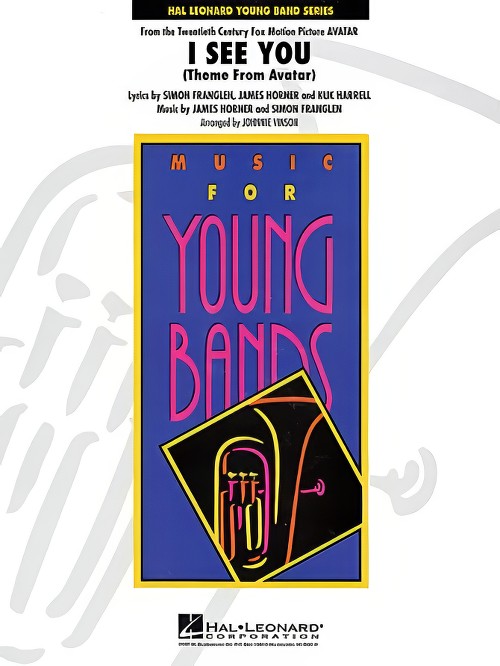 £57.50
£57.50I See You (Theme from Avatar) (Concert Band - Score and Parts) - Vinson, Johnnie
From the ground-breaking movie blockbuster Avatar, here is the main theme used in the end credits. Johnnie Vinson's sensitive arrangement features light woodwind scoring in the beginning then builds into a powerful setting for the entire ensemble.Duration: 3.15
Estimated dispatch 7-14 working days
-
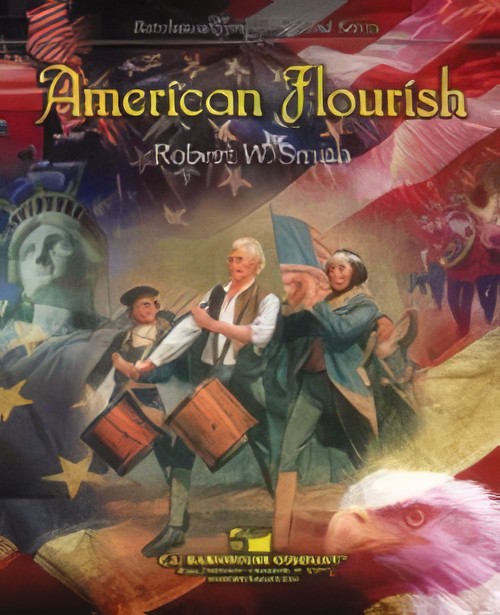 £76.00
£76.00American Flourish (Concert Band - Score and Parts) - Smith, Robert W.
Based on traditional American melodies including Yankee Doodle, When Johnny Comes Marching Home and Shenandoah, Robert W. Smith's American Flourish is a light, yet musically substantive addition to the repertoire. An excellent programming choice for any concert that requires an American patriotic selection, this setting is easy to prepare and yields very effective results.Duration: 3.45
Estimated dispatch 7-14 working days
-
 £420.99
£420.99Four Earth Songs (Concert Band - Score and Parts) - Putz, Marco
The hymn Nun ruhen alle Wlder (Now All Forests Rest), arranged by J.S. Bach (No. 6, So sei nun, Seele, deine, from Cantata BWV 13), is a guiding light throughout this four-movement composition. Pu?tz wrote this work as a musical outcry against the wilful, profit-driven destruction of our environment. When Bach used the word "ruhen" (to rest) over 350 years ago, it probably had a different nuance from the meaning it has today. At the beginning of the 21st century - the so-called age of progress - "nun ruhen alle Wlder" should mean "now all forests die" . Massive industrialization and globalization, coupled with pure greed, corruption, political scandals, an ever-widening gap between the rich and poor, and other such senseless human actions, are pushing our blue planet closer and closer to the point of no return. This work is not intended to be a ranting accusation. It should remind us of the beauty and harmony that can exist all around us in nature, if we take care of it. Pu?tz hopes that this will, one day, help put a greater emphasis on humanity's survival, and coexistence with nature rather than the exploitation described earlier. All four texts were created by Australian poet Graeme King, whose works were discovered by Pu?tz, by chance on the internet. Pu?tz was especially captivated by King's clarity, and intrigued by the possibilities of adapting and melding the strong rhythmical structure of King's writing with his own musical language. The four movements are as follows: 1. Tears of Nature 2. Grrrevolution 3. Stand up! 4. Tomorrow The world premire of Four Earth Songs took place on 7 July 2009 at the 14th WASBE-Conference in Cincinnati (USA). This work is dedicated in friendship to Jouke Hoekstra, conductor, and the Frysk Fanfare Orkest (the Frisian Fanfare-Orchestra).Duration: 27:30
Estimated dispatch 7-14 working days
-
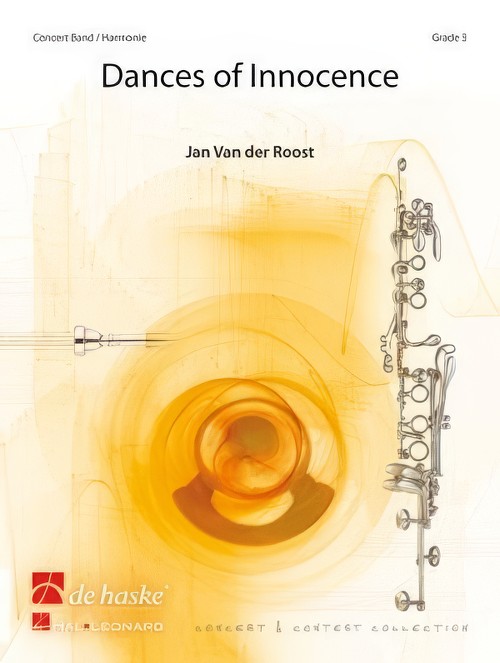 £109.99
£109.99Dances of Innocence (Concert Band - Score and Parts) - Van der Roost, Jan
Jan Van der Roost composed Dances of Innocence to commemorate a girl who passed away at the tender age of 14. In contrast to the sombre, joyless tone such a memory usually invokes, it is a rather cheerful work that reflects the innocence and light heartedness of a child. It does open in a serious mood, but quickly becomes more energetic and turns into a dance. Dances of Innocence is an ode to all the beauty, sincerity and cheerfulness that a child radiates.Duration: 6:00
Estimated dispatch 7-14 working days
-
 £248.99
£248.99Refraction (Concert Band - Score and Parts) - Hadermann, Jan
Refraction is a work that uses the entire band and all the colours it can possibly produce. As the title suggests, it was inspired the fascinating physical phenomenon known as refraction. Just like light is split and disbursed into all its colours, the main theme is split into little motives. As the individual motives are disbursed throughout the band, different sections become more prominent, only to recede into the general texture again. The work concludes with the fusion of all these elements in a monumental climax of movement, sound and colour.Duration: 17:30
Estimated dispatch 7-14 working days
-
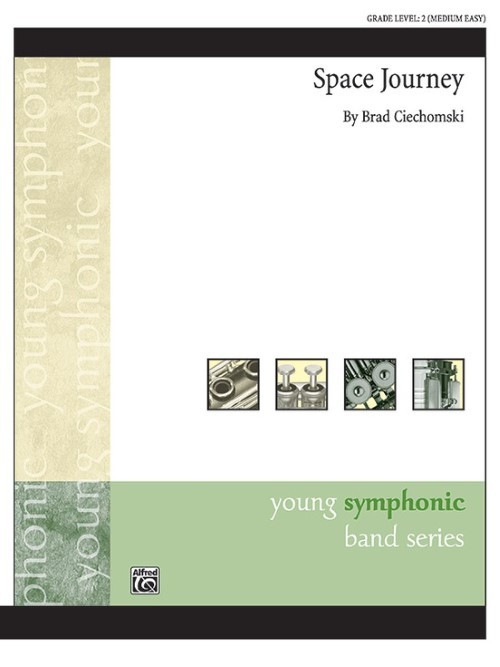 £56.50
£56.50Space Journey (Concert Band - Score and Parts) - Ciechomski, Brad
Space Journey is a three-movement suite depicting the launch, orbit and return to earth of a spaceship. Blast Off Into Orbit begins with a dramatic launch portraying the spaceship powering into the atmosphere. Zero Gravity allows the listener to float in space as a Lydian melody in the flute provides a light, weightless feeling while the percussion accompanies on metallic instruments. Re-entry to Earth features a descending fanfare announcing the return of the ship through the atmosphere back to earth. The ceremonial theme depicts the spaceship breaking through the sky, and landing in full glory.Duration: 5.00
Estimated dispatch 7-14 working days
-
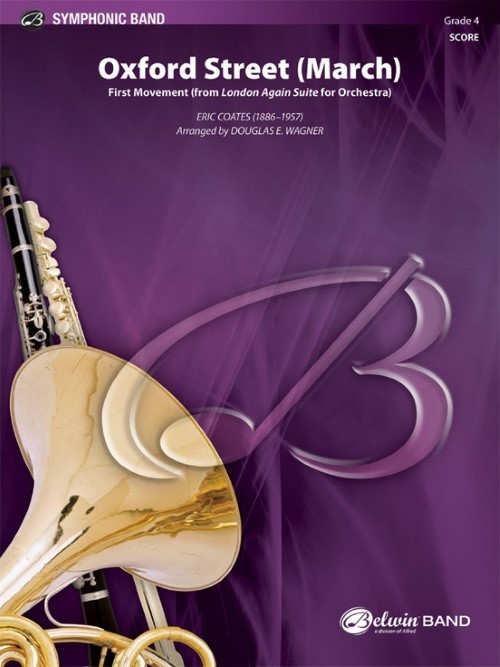 £66.95
£66.95Oxford Street (Concert Band - Score and Parts) - Coates, Eric - Wagner, Douglas E.
This first-ever transcription of the opening "march" takes the listener to the hustle and bustle of London's west-end shopping district. Dubbed the "uncrowned king of light music," Coates' instantly recognizable scoring in a march-style is a certain winner for Douglas Wagner's new concert band setting. Full of energy, Oxford Street (March) will be a cherished addition to any program.
Estimated dispatch 7-14 working days
-
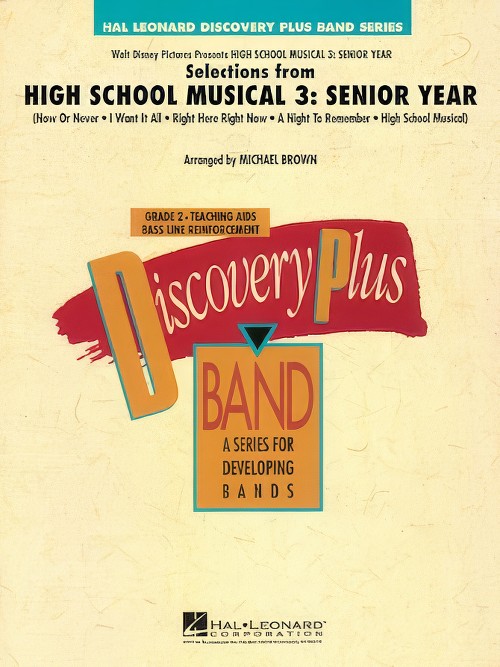 £57.50
£57.50High School Musical 3: Senior Year, Selections from (Concert Band - Score and Parts) - Brown, Michael
Here's the first High School Musical instalment to hit the big screen! Featuring catchy tunes and boundless energy, this skilfully scored medley for band is guaranteed to light up the concert stage. Includes: Now or Never; Right Here, Right Now; I Want It All; A Night to Remember; and High School Musical.
Estimated dispatch 7-14 working days
-
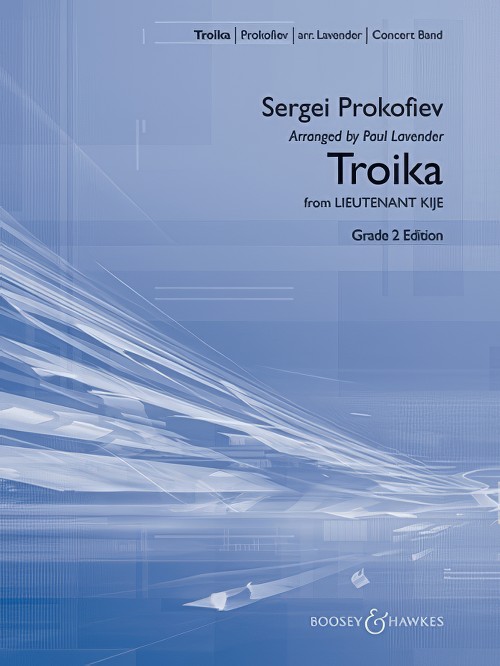 £50.00
£50.00Troika (from Lieutenant Kije) (Concert Band - Score and Parts) - Prokofiev, Sergei - Lavender, Paul
This familiar theme by Prokofiev features a light and energetic style in this setting for young players by Paul Lavender. Suitable for any occasion and particularly winter concerts, this arrangement is easy to learn and will sound full with virtually any band.
Estimated dispatch 7-14 working days
-
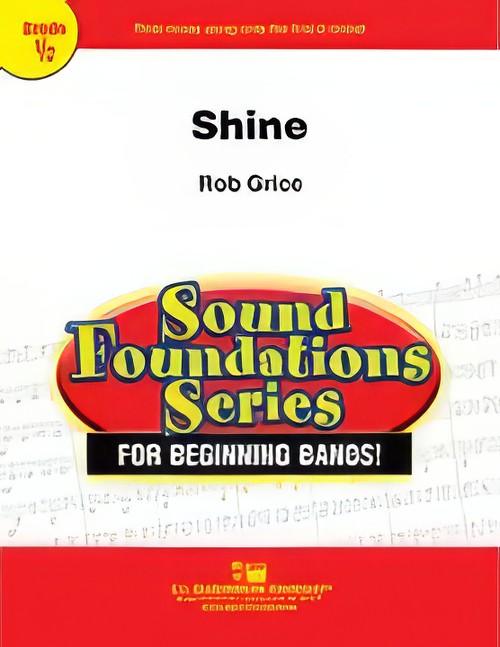 £45.00
£45.00Shine (Concert Band - Score and Parts) - Grice, Rob
Your beginning band will shine with this solid work from the pen of Rob Grice. A wonderfully conceived melody combined with a light, yet active rhythmic setting combine to create a unique work that is an excellent teaching piece. Suitable for concert and festival performance, this piece will find a regular place in your beginning band repertoire.Duration: 1.45
Estimated dispatch 7-14 working days
